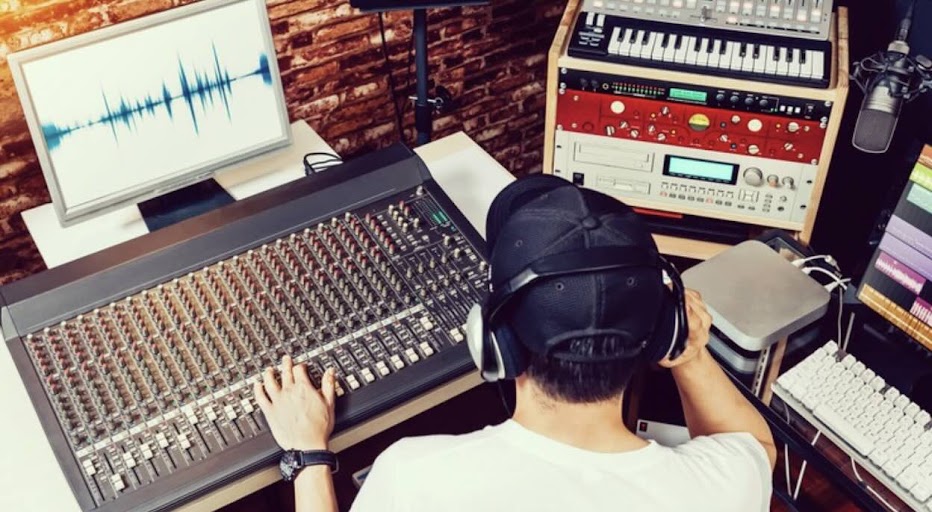The World of Microphones
A proper use of microphones is essential in audio engineering and music technology. Nowadays, there is a huge variety of microphones in the market. You can get into any online audio store and you'll see that there are a lot of brands and models available. So, the decision about what kind of microphone you should buy is not that simple. This question is quite common for audio engineering students and musicians as well. |
| Fig. 1. Typical handheld microphone |
What is a microphone?
Many times, microphones are the first stage in the audio chain. They are transducers that convert air pressure variations into voltage variations. This conversion is analog, which means that the resulting voltage signal has the same variations than the original air pressure variations.There are many ways to achieve this conversion or transduction. In this sense, we can classify microphones as:
- Dynamic. They use electromagnetism as their basic principle and they don't need batteries.
- Condenser. They use the capacitor's principle to operate. They need batteries or Phantom Power to operate.
- Ribbon. They are another kind of electromagnetic microphones, somewhat more delicate than the dynamic ones.
- Carbon. They use the electrical properties of carbon to achieve transduction.
We will talk deeper about these transduction forms in another time. For now, we will explain how microphones are categorized by its polar patterns. This means how microphones can capture sound from different angles.
Omni microphone
This microphone has a uniform sensitivity no matter the angle. This means that it's equally good for capturing sound from any direction (360º). In practical terms though, it doesn't behave completely omni at high frequencies (above 5 kHz), as it becomes more directional above those frequencies. It is also known as pressure microphone, as it senses the pressure variations around it. In a polar graph this pattern looks like a circle. The 0º point represents the frontal axis of the microphone. |
| Fig. 2. Omni pattern. |
This mic works great as an ambient microphone, as it captures the sound from all directions. The omni pattern can be very useful for studio applications, as it adds very little "color" to the sound. On the other hand, it's not very popular for live sound applications because it can capture more ambient noise than other kinds of mics (remember your hands-free device?). This type of microphone is also common for acoustic measurement applications.
 |
| Fig. 3. Omni microphone for acoustic measurements. |
Bi-directional microphone
This pattern is also known as figure-of-eight. This microphone has its highest sensitivity at both 0º and 180º, in other words, its front and back. Although the sensitivity is greatest at these points, the polarity is opposite. These microphones are also called pressure gradient microphones. That's because its operation depends on the pressure differences between the sound from the front and the back. |
| Fig. 4. Bi-directional pattern. |
Its practical applications depend on its positioning. We can see that at 90º and at 270º there's a theoretical zero sensitivity point, so we have the greatest sound rejection there. If we compare this with the omnidirectional mic, the bi-directional only captures around 1/3 of the ambience captured by an omni. This is why we have more control of what we want to capture with this kind of microphone.
 |
| Fig. 5. Bi-directional microphone. |
But, what would happen if we could combine these two patterns at the same time? Actually we can do it, and the result is a very interesting (and useful) pattern. Here it is the resulting polar graph. We will explain this and the remaining patterns next time!
 |
| Fig. 6. Resulting pattern from the combination of an omni and a bi-directional pattern. |
You can learn more about Sound Engineering in my Audio Engineering Fundamentals online course. You can find more info and take FREE sample lessons here.







You have Shared great content here about Microphone. I am glad to discover this post as I found lots of valuable data in your article. Thanks for sharing an article like this.
ResponderBorrarMicrophone Hire Melbourne
Thank you! I'm glad you liked it ;)
ResponderBorrar